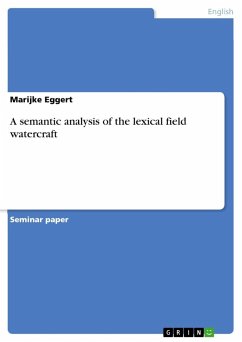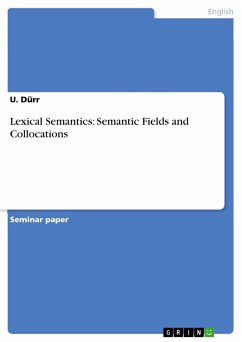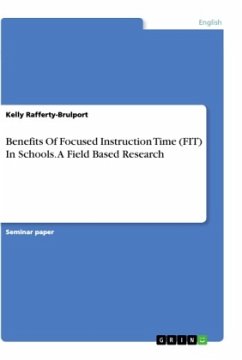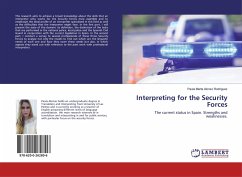Seminar paper from the year 2008 in the subject English Language and Literature Studies - Linguistics, grade: sehr gut, University of Flensburg (Institut für Anglistik und Amerikanistik), course: Project Work Linguistics, language: English, abstract: There are a number of different types of lexical relations which can be analyzed in a semantic field. One lexeme can be in a number of these relations, therefore, the lexicon can be described as a network of words, rather than a list similar to a dictionary. The lexical field is a key principle the lexicon is organized by. One of these lexical fields is watercraft. As a continuation of my paper "A semantic analyses of the lexical field vehicles" and because of my interest in sailing, I decided to analyze in my project work the lexical field watercraft. I will start by analyzing synonymous, hyponymic, meronymic, polysemous, and homonymous relations in chapter 2. After this analysis of sense relations, I will continue my research with a closer look at prototype theory. For this purpose I will do a Goodness-of-Exemplar survey with a group of 50 participants. Following a general look at prototype theory in the lexical field of watercraft, I will analyze the results of the survey.Because there are a lot of technical terms involved in this lexical field, the reader can find a list of translations and explanations of various lexemes in the appendix.








